Since 1934 US Route 191 has traversed the Gallatin Range north of West Yellowstone, Montana to Bozeman Montana. Since being extended to Bozeman during 1934 US Route 191 has remained the only US Route to ever be signed within the boundaries of Yellowstone National Park. The course of US Route 191 north of West Yellowstone through the Gallatin Range takes it north through the Yellowstone National Park where it briefly dips into the State of Wyoming.
The Gallatin Range is a sub-range of the Rocky Mountains and is located largely on the Montana/Wyoming State Line. The Gallatin Range extends 75 miles north/south and largely is bisected by the Gallatin River. The Gallatin Range takes it's name from Albert Gallatin who was the longest tenured US Secretary of the Treasury.
Road access through the Gallatin Range between West Yellowstone and Bozeman is largely tied to the development of West Yellowstone as the terminus of the Oregon Short Line Railroad. West Yellowstone was plotted by the Oregon Short Line Railroad as it's eastern terminus during November of 1907. The Oregon Short Line Railroad subsequently completed it's line to West Yellowstone by June of 1908. The rail terminus of the Oregon Short Line Railroad in West Yellowstone was the head of a stage road via the Madison River into Yellowstone National Park. The Oregon Short Line Railroad bypassed more well known Targhee Pass for the more favorable grades of nearby Reas Pass located southeast of modern US Route 20 ("US 20"). The Oregon Short Line Railroad can be seen terminating in West Yellowstone on the 1912 Rand McNally Map of Montana. Notably the Gallatin Range is displayed in great detail north of West Yellowstone.
During the emergence of the automobile the Oregon Short Line Railroad was supplemented by a highway through the Gallatin Range. The 1924 Rand McNally Map of Montana, Wyoming, Colorado, Idaho, Utah and Nevada shows Gallatin Way and the Great White Highway aligned as Auto Trails through the Gallatin Range from West Yellowstone to Bozeman. Notably both Gallatin Way and Great White Highway are shown skirting through Wyoming via the boundaries of Yellowstone National Park. The full extent of the Gallatin Way is shown be routed between West Yellowstone and Bozeman. Even in modern times US 191 between West Yellowstone and Bozeman is known as Gallatin Road which ties back to it's Auto Trail origin.
The US Route System was created on November 11th, 1926 as a replacement for the preexisting Auto Trails. US 191 was selected to be aligned from the western entrance of Yellowstone National Park towards Idaho Falls via Targhee Pass. Notably no US Route was plotted through the Gallatin Mountains in the initial system grid nor did it have a State Route designation. The 1927 National Company Map displays US 191 utilizing Targhee Pass and terminating at West Yellowstone..
The 1931 Clason's Road Map of Montana shows Montana Highway 60 ("MT 60") designated on Gallatin Way from West Yellowstone to Bozeman via the Gallatin Range. It is unclear if the MT 60 designation was applied to the existing highway in the Gallatin Range within Yellowstone National Park.
US 191was extended north from West Yellowstone to Bozeman circa 1934 via MT 60. The extension of US 191 towards Bozeman left no US Route reaching the western entrance of Yellowstone National Park. The Bozeman extension of US 191 was the first and only US Route to ever be approved for designation within the boundaries of Yellowstone National Park. The exact date of the extension of US 191 to Bozeman isn't fully clear but it is referenced in a September 4th, 1934 letter from the Montana State Highway Commissioner to the Executive Secretary of the American Association of State Highway Officials ("AASHO"). The letter states the AASHO requested an updated route log from the State of Montana on August 20th, 1934 detailing the extension of US 191 to Bozeman.
US 191 can be seen on the 1937 Gousha Map of Idaho extending north of West Yellowstone through the Gallatin Range to Bozeman.
On October 30th, 1940 Idaho Department of Public Works acknowledged in a letter to the AASHO that US 20 had been extended through West Yellowstone via multiplex of US 191 to Sugar City. The AASHO description of US 20 had it jog west via Idaho State Route 28 to Sage Junction to reach US 91. The Idaho Department of Public Works requested US 20 be clarified to multiplex US 191 to Blackfoot (through Idaho Falls) to reach US 91 due to Idaho State Route 28 not being constructed to Sage Junction.
1944 State Farm Map of Idaho shows US 20/US 191 multiplexing from West Yellowstone to US 91 in Idaho Falls.
The truncation of US 191 from Idaho Falls to US 287 north of West Yellowstone at the edge of the Gallatin Range was approved by the AASHTO Executive Committee on during October 1978. This left US 20 as the only highway aligned from West Yellowstone west over Targhee Pass to Idaho Falls.
Part 2; a drive on US Route 191 from West Yellowstone to Big Sky via the Gallatin Range
From the western entrance of Yellowstone National Park US 191 begins it's northern segment co-signed with US 287 and US 20 on Yellowstone Avenue. US 191, US 20 and US 287 are discontinuous through the heart of Yellowstone National Park and don't have a implied connection via Grand Loop Road. US 191, US 20 and US 287 make a right hand turn from Yellowstone Avenue northward onto Canyon Street.
US 191 northbound on Gallatin Road follows the Gallatin River to a junction with MT 64/Lone Mountain Trail in Big Sky. Traffic headed to Big Sky is directed to take westward MT 64 whereas Bozeman traffic is directed to continue another 40 miles northward through the Gallatin Range to Bozeman.







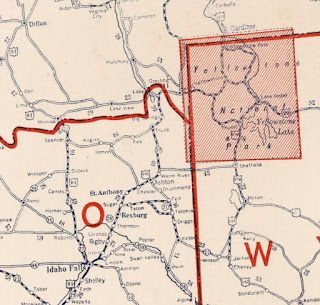
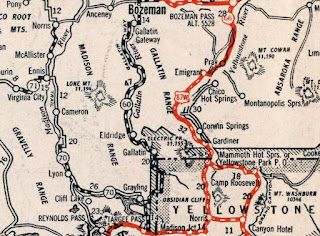






















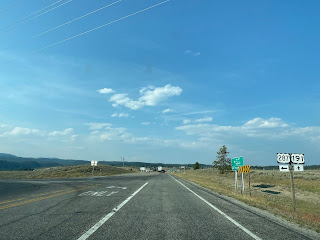











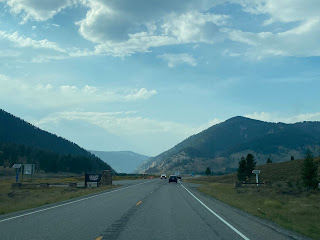




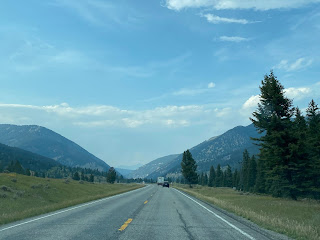










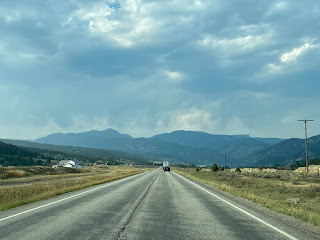




















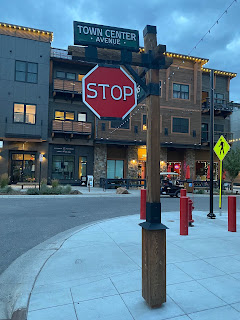



Comments